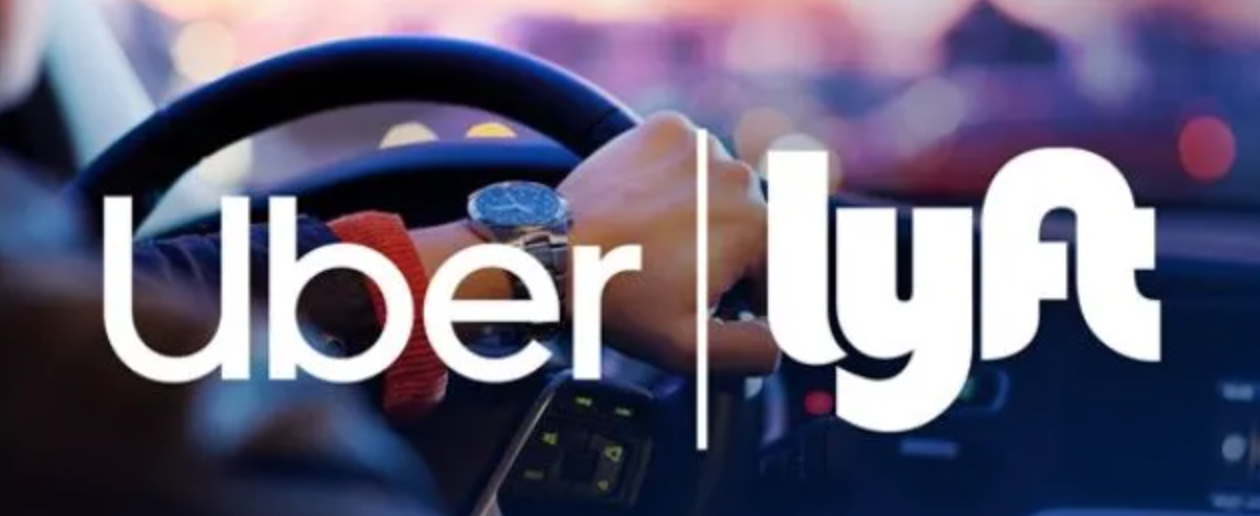
The Dangers of Uber and Other Ride-sharing Apps
 Uber, Lyft and other ride-sharing services can make it easy to get a quick car ride or make some extra income, and they’re only becoming more popular. In fact, in the cities where these platforms are available, taxi ridership has declined anywhere from 10%-30%. However, the convenience of ride-sharing isn’t without risks. Most ride-sharing businesses are in the early stages of development, and the popularity, risk management and compliance issues they’re facing are all in uncharted territory.
Uber, Lyft and other ride-sharing services can make it easy to get a quick car ride or make some extra income, and they’re only becoming more popular. In fact, in the cities where these platforms are available, taxi ridership has declined anywhere from 10%-30%. However, the convenience of ride-sharing isn’t without risks. Most ride-sharing businesses are in the early stages of development, and the popularity, risk management and compliance issues they’re facing are all in uncharted territory.
How the Apps Work
Each ride-sharing service has its differences, but they all operate under the same basic concept. Almost anyone can be a driver for these services, but each one has different minimum standards for screening drivers and their vehicles. Passengers can then see available drivers and make a request for a ride through an app on their smartphones.
Most apps display the driver’s route and estimated time of arrival, in addition to the driver’s name, photo and vehicle information. The ride-sharing service then takes a cut of the fare, typically between 20%-25%, for each ride a driver completes.
These apps are convenient for passengers who need a ride and for drivers looking to supplement their income. Still, they’re not without flaws. For example, it can be hard to determine what regulations or local laws each service and its drivers need to follow, what insurance coverages apply to them and who is considered liable in the event of an accident.
When Insurance Kicks In
Since ride-sharing drivers use their vehicles for both business and personal purposes, the ride-sharing services have to clarify when drivers are covered by different types of insurance.
When a driver is not accepting rides, his or her personal auto insurance is the primary coverage. When the driver turns the app on, but has not yet accepted a ride, ride-sharing services generally offer contingent liability coverage if the driver’s personal auto insurance does not offer protection. When a passenger is picked up, the service’s policy is the primary policy until the end of the ride.
State Involvement
Unlike taxis, which are regulated on a city-by-city basis and have to follow specific guidelines, ride-sharing services haven’t had to adhere to the same strict regulations. However, this is beginning to change—some states are enacting laws to set standards and insurance requirements for ride-sharing. Additionally, upcoming court decisions will help determine who will be held liable for ride-sharing accidents in the future.
Driver Risks
Some ride-sharing companies provide liability insurance for their drivers in excess of their personal liability coverage. However, this doesn’t mean that drivers have insurance coverage for all of their risks.
Drivers can be dropped by their insurance company if they engage in a commercial activity on a personal auto policy. As a result, drivers need to be honest about how they intend to use their vehicles when they obtain insurance. If a driver fails to indicate the intention to drive for commercial purposes, the insurer could not only deny claims, but also drop the driver from the policy entirely.
However, some insurers have created hybrid policies that allow drivers to switch between personal and commercial coverage.
Passenger Risks
When a passenger gets into a car arranged by a ride-sharing app, he or she automatically agrees to a number of terms and conditions. If the driver gets into an accident and the passenger is hurt, there’s no guarantee that the driver’s insurance company or the ride-sharing service will pay for damages.
For example, a driver’s personal insurance company may decide that he or she was driving for profit and, for that reason, isn’t required to pay any medical bills. The passenger would then need to take the driver to court for damages, which can be a costly and time-consuming process. On the other hand, passengers can approach taxi companies directly regarding liability and other safety issues.
Safety is also a concern for both drivers and passengers. A driver never knows the type of person about to get into the back seat. Likewise, a passenger only knows how reliable a driver is from the information a ride-sharing service shares about the driver on its app.
Tips for Passengers
Using a ride-sharing app is generally a safe and reliable method of transportation, but there are safety risks to consider. Keep these safety tips in mind when using ride-sharing services:
- Share your trip details with a friend or family member in case a ride goes unexpectedly. Some apps allow you to share your route and driver information.
- Before you get in the car, check that the driver’s photo, name and license plate match what’s listed on the app. Never enter a car with a driver who offers you a ride and claims to be with a ride-sharing service.
- Never share any personal information that the driver doesn’t need to complete the ride. This includes phone numbers, as ride-sharing apps typically anonymize their passengers’ phone numbers to protect their privacy.
- Always wear your seat belt. If the car you’re riding in doesn’t have one or appears to be unsafe, instruct your driver to pull over and cancel the ride.
- Report any unsafe driving on the ride-sharing app immediately.
While ride-sharing services evolve to meet the safety needs of drivers and passengers, insurance companies are taking different approaches to claims. Contact us at 512.331.0787 to discuss your auto insurance coverage and make sure you’re always protected.
Tags: Auto
